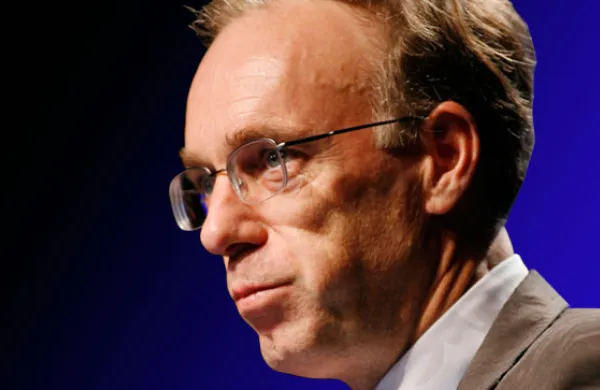The Ice Bucket Challenge may have done more than raise $94 million for the ALS Association and clog up Facebook feeds. All those videos of friends, relatives and co-workers’ ex-significant others dumping ice water over their heads triggered a video revolution on the social network. And Facebook is looking for ways to monetize them.
“The ALS Ice Bucket Challenge really helped drive adoption for Facebook’s video product,” says Neil Doshi, co-head of technology and media at the research division of CRT Capital Group, an institutional broker-dealer in Stamford, Connecticut.
The timing of the growing popularity of video for Facebook may prove to be fortuitous. The company — which reported $3.2 billion in third-quarter revenue yesterday — is in the middle of a massive push toward mobile advertising as it looks to meet users where they spend the most time on the site and position itself at the forefront of marketing innovation. While Facebook is to its users a social networking platform, CEO Mark Zuckerberg and his management also view it as a mobile advertising pioneer and hope to make it indispensable to a growing number of retailers — even as more and more young users find Facebook dispensable as a place to hang out.
Facebook has always had video capabilities, but they’ve long been drowned out by Google-owned video giant YouTube. Facebook has more typically been used as a platform to post about daily life and share content seen elsewhere. Instead of uploading a video straight to Facebook, a user would more likely share a link to one on YouTube or video-sharing app Vine.
But that dynamic began to change this summer when the Ice Bucket Challenge went viral. Eager to showcase their own comedic or heartfelt ice-dumping video to a large audience and tag and challenge specific friends, many users — about 440 million of them, according to Zuckerberg — began to bypass YouTube and upload videos directly through the social network’s video app. Facebook videos garnered about 10 billion views during the viral campaign, said Zuckerberg during the company’s third-quarter earnings call.
Mobile ads accounted for 66 percent of Facebook’s third quarter advertising revenue, up from 49 percent during the same quarter a year before. Much of that growth can be attributed to so-called mobile-app install ads, or native ads, which appear on the news feed and direct users to install a game or another app. Facebook pioneered this style of social media engagement monetization in 2012 — the same year as the company’s IPO — but Twitter and Google are trying to play catch-up. Twitter recently released its own version of the product and Google reportedly is working on something similar.
Analysts say that the best way to stay a step ahead may be to jump into video ads. “Video ads are one of the fastest growing categories in terms of format,” says Arvind Bhatia, associate director of research at Stern Agee in Birmingham, Alabama. “I think Facebook could be on the ground floor of that. They’ve got a lot of growth ahead on that front.”
Chief operating officer Sheryl Sandberg gave that possibility a nod during yesterday’s earnings call while reiterating the company’s position that each new product or initiative should be rolled out with special attention to consumer demands. “We’re going to remain deliberate and slow in our approach,” she said.
One question Facebook executives may be asking is who will be watching those videos, let alone the ads that rely on them. According to a survey published this past spring by Minneapolis-based investment bank and asset management firm Piper Jaffray, Twitter surpassed Facebook in popularity among teens; 27 percent chose it as the top social networking site, versus 23 percent for Facebook.
Although some observers have labeled the Facebook phenomenon “over” and the social network “for old people,” Stern Agee’s Bhatia says the engagement data don’t support that story. “The speculation that users are moving away from Facebook has been out there since the time they went public,” he says. “But it just hasn’t shown up in the numbers.” In addition, points out CRT Capital’s Doshi, many of the teenagers leaving Facebook are flocking instead to Instagram, which Facebook purchased in 2012 for $1 billion.
Engagement — the metric that really matters to investors when it comes to who is using the product — is higher than ever for Facebook. The company reported 864 million daily active users in the third quarter, a 19 percent increase year over year, and saw a 39 percent boost in daily mobile engagement to 703 million users. And even the newest users — parents and grand-parents of the original Facebook users who could be presumed to be the less-active — appear to be engaging at the same pace as their younger, earlier-adopting peers.
Zuckerberg understands firsthand the power of video. In August, after being invited by New Jersey Governor Chris Christie to take part in the ALS Ice Bucket Challenge, the Facebook CEO posted a 40-second video on his Facebook page of himself pouring a garbage can of ice water over his head. “That was really cold,” he said, smiling.
Get more on trading and technology.






